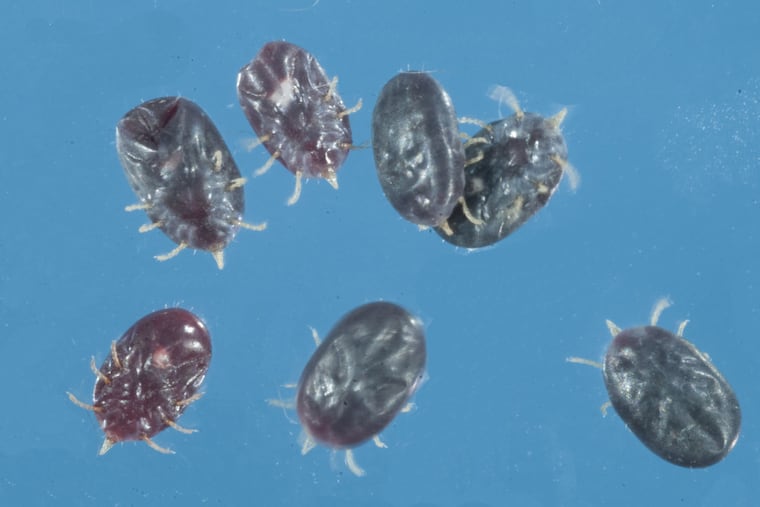‘Bat tick’ found for first time in New Jersey
Rutgers University has identified a species of tick associated with bats in New Jersey, and it could pose health risks to people, pets, and livestock.

Rutgers University has identified a species of tick associated with bats in New Jersey, and it could pose health risks to people, pets, and livestock.
